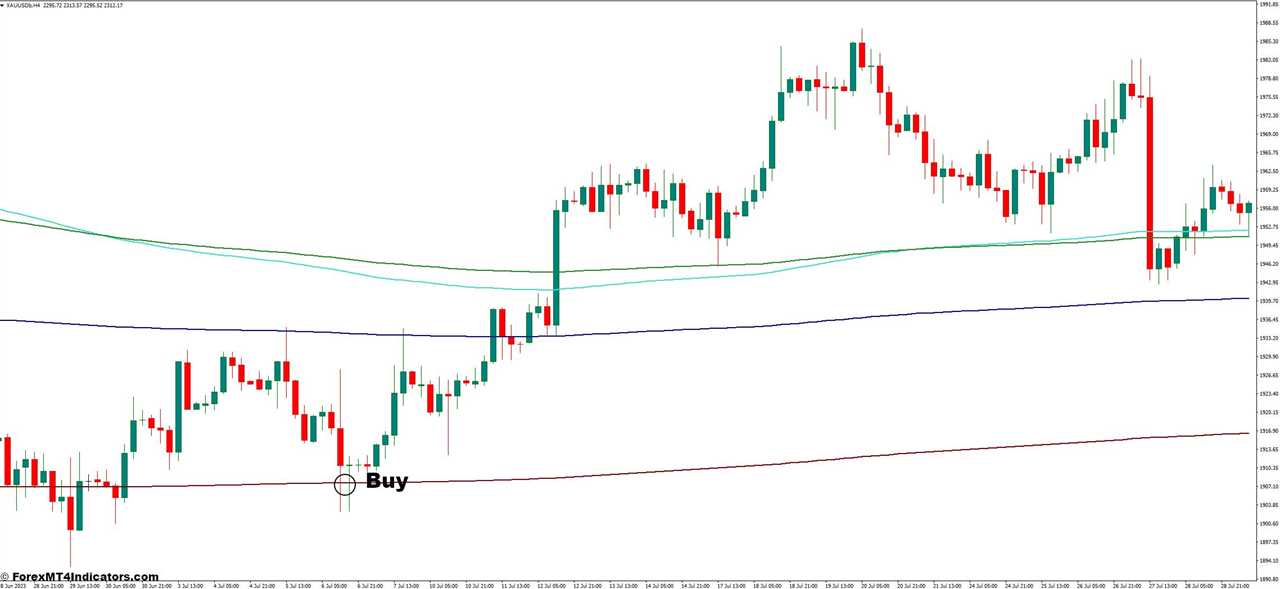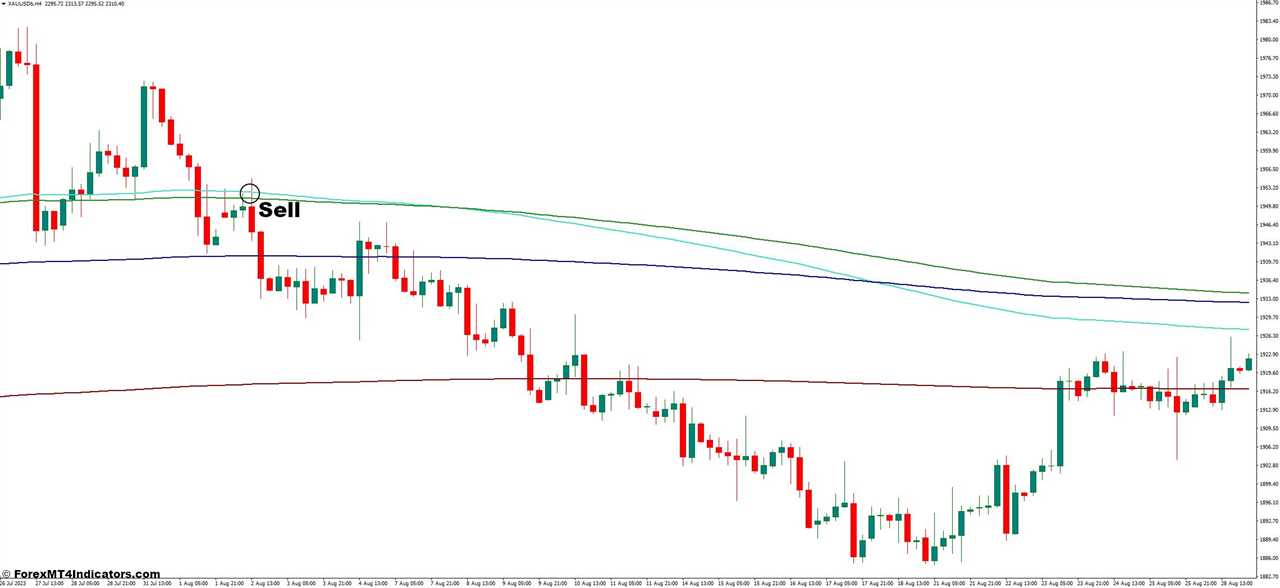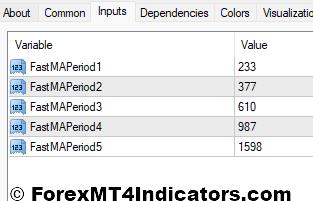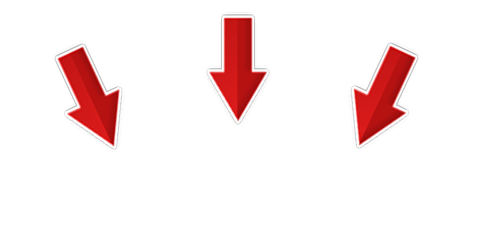||
Have you ever felt lost in the sea of technical indicators on your MetaTrader 4 (MT4) platform? While traditional tools like moving averages offer valuable insights, sometimes you crave a fresh perspective. That’s where Fibonacci-based moving averages (FBMAs) enter the scene, offering a unique blend of mathematical precision and historical wisdom to guide your trading decisions.
This comprehensive guide delves into the fascinating world of FBMAs, equipping you with the knowledge and strategies to leverage their power in your MT4 trading experience.
Understanding the Fibonacci Sequence in FBMAs
The Mathematical Foundation: Fibonacci Numbers
As mentioned earlier, the Fibonacci sequence forms the bedrock of FBMAs. But how exactly does it translate into a moving average? Here’s the gist: Instead of simply averaging past price points, FBMAs assign weights to each data point based on its position within a chosen Fibonacci sequence. Numbers closer to the present hold a greater weight, reflecting the importance of recent price action.
Applying Fibonacci Ratios to Moving Averages
Here’s where things get interesting. Popular Fibonacci ratios, like the aforementioned 38.2% and 61.8%, are often used to determine the number of periods included in an FBMA. For instance, a 21-period FBMA might incorporate weights based on the Fibonacci sequence up to the 21st number.
This integration of the Fibonacci sequence aims to capture not just the trend direction but also potential turning points where price movements might retrace based on historical support and resistance levels aligned with Fibonacci ratios.
Configuration of FBMAs in MT4
FBMA Parameters in MT4 Setup
With the indicator installed, head over to your MT4 platform and navigate to the “Insert” menu. Select “Indicators” followed by “Custom Indicators” and choose your downloaded FBMA indicator. A settings window will pop up, allowing you to customize various parameters.
Here are some key settings to consider:
- Number of periods: This determines the length of the FBMA, often based on Fibonacci ratios.
- Moving Average type: You can choose between Exponential Moving Average (EMA) or Simple Moving Average (SMA) for calculating the FBMA.
- Number of FBMA lines: Some indicators allow you to display multiple FBMAs based on different Fibonacci sequences.
Experimenting with these settings allows you to tailor the FBMA to your trading style and preferred timeframe.
Interpreting FBMA Signals for Trend Identification
Now that you’ve got your FBMA up and running, it’s time to decipher its messages. Here’s how FBMAs can assist you in identifying trends:
Uptrends and Downtrends with FBMAs
A rising FBMA typically signals an uptrend, with price action consistently trading above the indicator. Conversely, a falling FBMA suggests a downtrend, with price hovering below the line. The steeper the slope of the FBMA, the stronger the underlying trend.
Using Slope and Price Action Confirmation
While the slope of the FBMA provides a directional cue, it’s crucial to confirm the trend with price action. Look for higher highs and higher lows during uptrends and lower highs and lower lows during downtrends. This additional confirmation helps to avoid getting whipsawed by false signals, especially during volatile market conditions.
Trading Strategies with FBMAs
Once you’ve grasped the language of FBMAs, it’s time to explore how to integrate them into your trading strategies. Here are some practical applications to consider:
Pullback Entries and Breakout Strategies
- Pullback Entries: During an uptrend, price corrections (pullbacks) often retrace toward the FBMA lines. These retracements can present potential buying opportunities, especially if they coincide with support levels identified by other technical indicators like the Relative Strength Index (RSI) or Stochastic Oscillator.
- Breakout Strategies: Conversely, in a downtrend, a decisive break above a rising FBMA might signal a potential trend reversal, offering long entry opportunities for courageous traders. Remember, breakouts can be false, so confirmation from additional indicators and sound risk management practices are essential.
Combining FBMAs with Other Indicators
FBMAs are powerful tools, but they shouldn’t operate in isolation. Consider combining them with other technical indicators to strengthen your trading signals. Here are some effective pairings:
- Support and Resistance Indicators: Combining FBMAs with traditional support and resistance indicators like horizontal lines or trendlines can create confluence zones, areas where multiple signals converge, potentially increasing the reliability of your entry or exit points.
- Momentum Indicators: Momentum indicators like RSI or Stochastic Oscillator can help gauge the strength of a trend and identify potential overbought or oversold conditions. When used in conjunction with FBMAs, they can refine your entry and exit decisions.
Advantages and Limitations of Using FBMAs
Potential Benefits of FBMAs
- Trend Identification: FBMAs can offer valuable insights into the prevailing trend direction, helping you align your trading decisions with the overall market momentum.
- Support and Resistance Levels: By incorporating Fibonacci ratios, FBMAs can highlight potential support and resistance zones, allowing you to anticipate potential price movements and position yourself accordingly.
- Customization: The flexibility of FBMAs allows you to adjust the number of periods and moving average type to suit your trading style and timeframe.
Drawbacks and Considerations
- Overfitting: Like any technical indicator, FBMAs can be susceptible to overfitting, where the indicator perfectly aligns with past price movements but fails to predict future trends accurately. Backtesting with historical data can help mitigate this risk.
- Market Noise: FBMAs might generate excessive signals, especially in choppy market conditions. Employing additional confirmation techniques can help filter out the noise.
- False Signals: No indicator is foolproof, and FBMAs can generate false signals. Always practice sound risk management and combine FBMAs with other analysis methods.
How to Trade With Fibonacci Moving Averages
Buy Entry

- Identify an uptrend with a rising FBMA.
- Look for a price pullback that touches or slightly dips below an FBMA line, particularly the 38.2% or 50% retracement level.
- If the pullback coincides with support from other indicators (RSI oversold, horizontal support line), consider a long entry.
- Stop-loss: Place a stop-loss order below the swing low of the pullback or below the recent support level.
- Take-profit: Target a take-profit level that aligns with the next Fibonacci resistance level (61.8% or 100%) or the previous swing high.
Sell Entry

- Identify a downtrend with a falling FBMA.
- Look for a price break above a rising FBMA, especially if it coincides with resistance from other indicators (RSI overbought, horizontal resistance line).
- Consider a short entry if the breakout is accompanied by strong bearish confirmation on price action (e.g., bearish engulfing candlestick pattern).
- Stop-loss: Place a stop-loss order above the swing high of the breakout or above the recent resistance level.
- Take-profit: Target a take-profit level that aligns with the next Fibonacci support level (38.2% or 50%) or the previous swing low.
Fibonacci Moving Averages Indicator Settings

Conclusion
Fibonacci-based moving averages (FBMAs) add a unique layer of analysis to your MT4 trading toolkit. By incorporating the historical wisdom of the Fibonacci sequence, FBMAs can offer valuable insights into potential trend direction, support and resistance zones, and price retracement levels.
Recommended MT4/MT5 Broker
XM Broker
- Free $50 To Start Trading Instantly! (Withdraw-able Profit)
- Deposit Bonus up to $5,000
- Unlimited Loyalty Program
- Award Winning Forex Broker
- Additional Exclusive Bonuses Throughout The Year
- Exclusive 50% Cash Rebates for all Trades!

>> Sign Up for XM Broker Account here with Exclusive 50% Cash Rebates For All Future Trades [Use This Special Invitation Link] <<
Already an XM client but missing out on cashback? Open New Real Account and Enter this Partner Code: 𝟕𝐖𝟑𝐉𝐐
(Free MT4 Indicators Download)

Fibonacci Based Moving Averages MT4 Indicator
||
-----------------------------------------------------
By: Tim Morris
Title: Fibonacci Based Moving Averages MT4 Indicator
Sourced From: forexmt4indicators.com/fibonacci-based-moving-averages-mt4-indicator/?utm_source=rss&utm_medium=rss&utm_campaign=fibonacci-based-moving-averages-mt4-indicator
Published Date: Sat, 28 Sep 2024 01:00:31 +0000
Read More
.png) InvestingStocksToolsClubsVideosPrivacy PolicyTerms And Conditions
InvestingStocksToolsClubsVideosPrivacy PolicyTerms And Conditions
